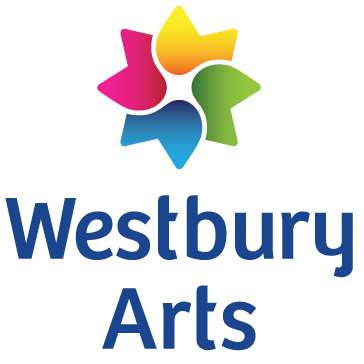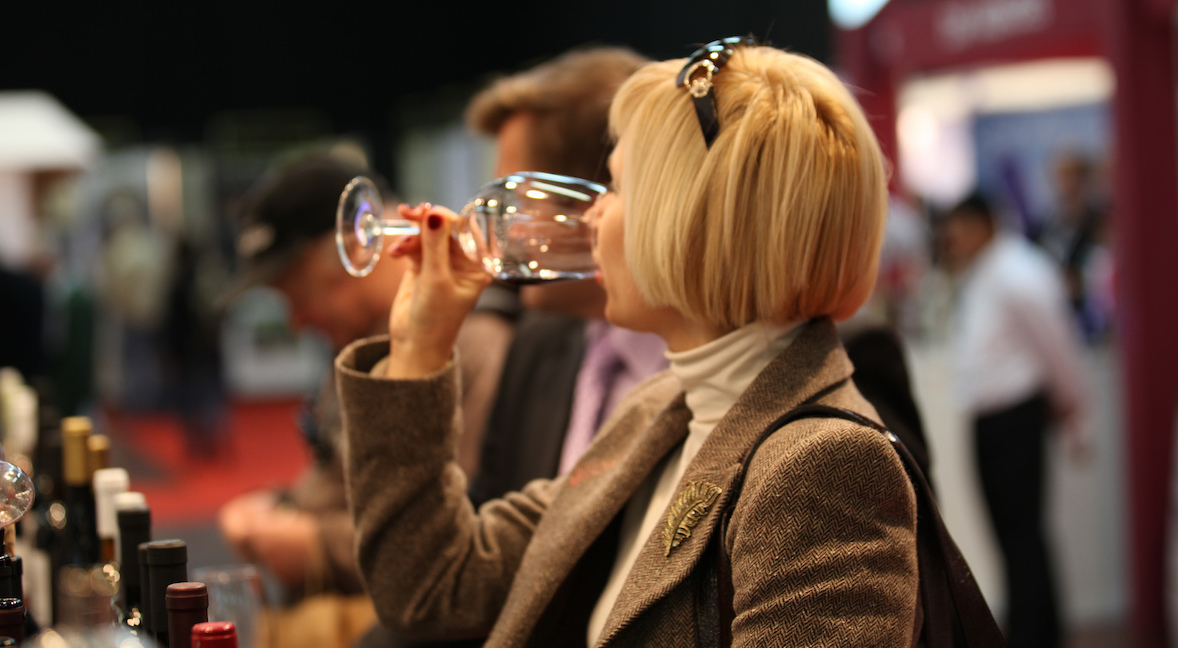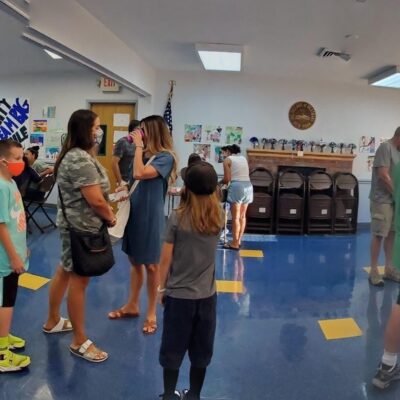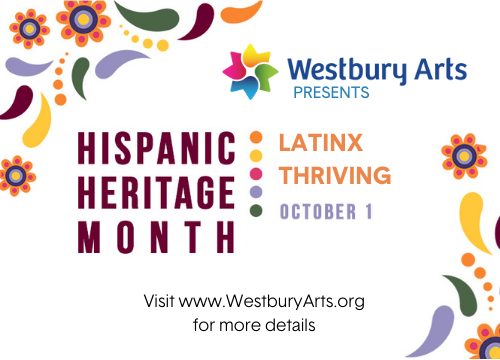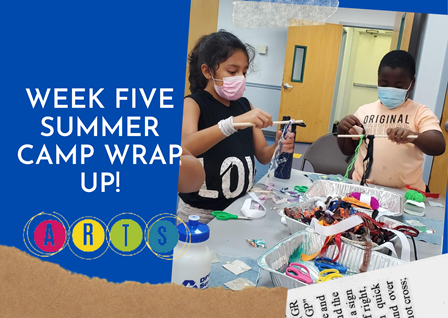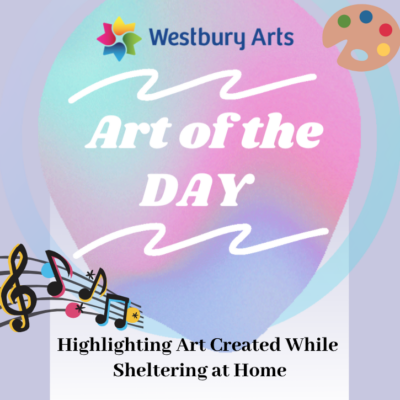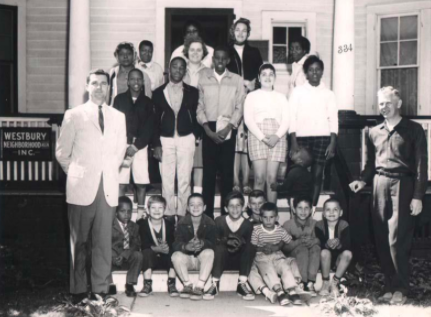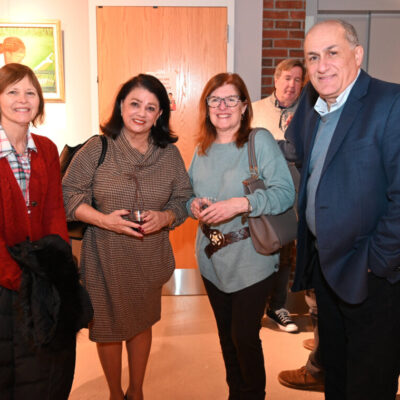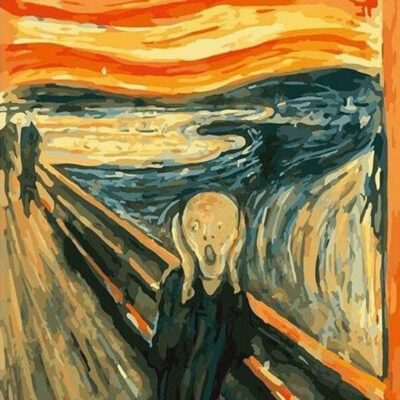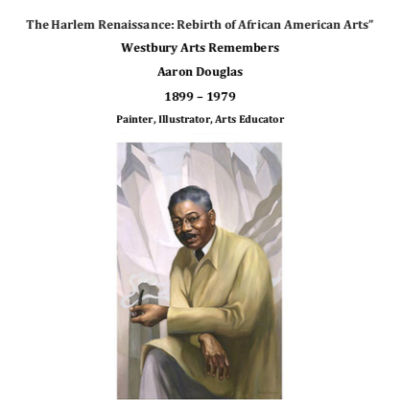In 2008, my husband Tom and I worked for a year as consultants for The Traveling Vineyard, a direct sales company that sold wine via in home wine tasting parties. Given our passion for wine this seemed like a great job for us, as we got to talk about wine and drink wine with a lot of different people. We sold a little – but we always enjoyed the tasting and talking part more. Wine tasting is fun because everyone’s palate is different and everyone’s nose is different and it makes for a lively discussion. We enjoyed learning about wine from different regions and sharing that information with our clients.
Step 1: Look at the wine
A wine tasting always starts by just looking at the wine. Hold it up to the light, what color is it? Red wines will vary from translucent light red to very dark and opaque and white wines will vary from very pale yellow to light amber. Color can also tell you something about a wine. I went to the store one day for a bottle of sauvignon blanc and picked up a bottle that was dark amber almost brown. Sauvignon should be clear pale yellow. That bottle was definitely spoiled! Knowing what to look for is important.
Step 2: Smell the Wine
Next we smell the wine. How things taste is informed by how they smell and the sensory collaboration between your tongue and your nose. This is why we sniff before we sip, to let our nose take in the complex aromas of the wine. This is also why we swirl because swirling the wine in the glass before you sniff will help oxygenate the wine, help dissipate some of the alcohol vapors, and allow the bouquet of the wine to really come through.
Now the conversations will start because I might think I can smell black berries with notes of leather and you smell cherries and black pepper. It’s all there, and neither perception is wrong. Part of the fun of the tasting is putting your nose over the glass and seeing how many different things you smell. There are some aromas that might surprise you. Some wines smell yeasty, like fresh baked bread and that is a by-product of a certain type of fermentation. Some wines smell oaky or woody because they’ve picked up aromas from the barrel where they’re stored.
Step 3: Taste the Wine
Next we taste. Swirl the wine in your glass, put your nose over the glass and inhale the bouquet and then take a sip, swirl it in your mouth for a few seconds before you swallow. You might be surprised that it tastes different than it smells and that tasting reveals even more flavors You might also be surprised at how the flavors change when you eat something.
Here’s an example of how food and wine can help one another:
At one of my wine tasting parties we opened a bottle of Sangiovese from Italy. No one really liked it. It wasn’t horrible, just not a favorite. Then, one of the guests, who happened to be a chef, suggested pairing it with dark chocolate. We all tried it and it was a hit. A fortuitous pairing that made you want to keep going back for another bite, another sip, another bite, another sip. Great pairings are like that. The food makes the wine more delicious and the wine makes the food more delicious. Bad pairings are the opposite, the food makes the wine taste bad or the wine makes the food taste bad. Many pairings are neutral, the wine and food co-exist without really having a profound effect on each other.
Find a Wine Tasting Near You
The question I was asked most frequently at wine tastings is “what is a good wine?” My answer is always, ‘good’ wine is whatever you like and want to drink. Have fun exploring and discovering what you love. Westbury Arts is hosting our first Wine and Cheese Tasting Fundraiser on Tuesday, May 23 at The Bristal in Westbury. If you’re interested in wine and wine tasting I hope you’ll join us.
Cheers!
